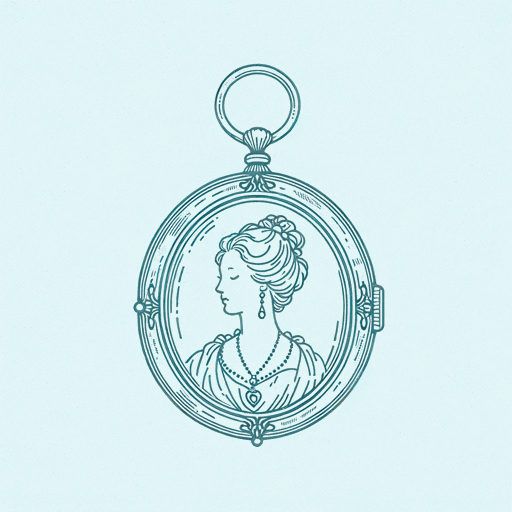29 pages • 58 minutes read
Madame de La FayetteThe Princesse de Clèves (The Princess of Cleves)
Fiction | Novel | Adult | Published in 1678A modern alternative to SparkNotes and CliffsNotes, SuperSummary offers high-quality Study Guides with detailed chapter summaries and analysis of major themes, characters, and more.
Themes
The Folly of Judging by Appearance
Lafayette demonstrates her mastery of the mores of the court of her day by employing the subject historically in The Princesse de Clèves. She takes on a traditionally omniscient role, moving from one character’s perspective to another’s, occasionally pulling pack to relay information about entire rooms full of courtiers. M. de Nemours may be thought despicable for spying on Mme de Clèves the way he does, but it’s important to note that Lafayette, the author, does the same with absolute impunity.
Even when lowly subjects are foregrounded in historical fiction, we take them to be representative of some larger historical force or trend. This is even more pronounced when the author and her subjects are adjacent to the highest avenues of political power, and taken to its absolute height when those figures are robed in the state pageantry and self-consciousness of 16th- and 17th-century European royalty. In this light, Mme de Clèves is not a mere teenager nursing a crush but a representative of court decorum, the breaking of which, to any degree, represents the outward sign of potentially massive internal corrosion. It is no coincidence that Lafayette set her love story in the latter days of Henri II’s rule, before the massive upheaval of the court caused by his death, rather than during the relative peace that existed before.

